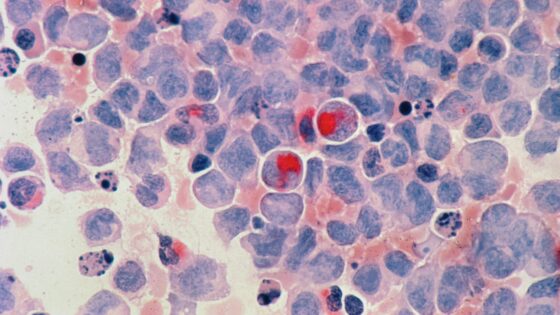They may not be as rough as dogs, but cats still love a good snuggle.
Many people think of Garfield when thinking about cats. An animal that is lazy, keeps to itself and likes to eat. But cats may be securing the same deep bonds with their owners as people do with others in their lives.
The original attachment theory in the 1950s suggested that people exhibit one out of four types of attachment styles: secure, ambivalent, avoidant, or disorganized. Those with secure attachment styles enjoy being in the presence of their caretakers. Ambivalent people can be overly dependent and clingy. Avoidant people show signs of complete disinterest. Those with disorganized attachment styles are all over the place with the kind of attachment they seek.
This is relevant to note because cats have been mimicking these same styles. In a recent study, 64% of felines were identified as having a secure attachment. 30% of the cats displayed ambivalent behavior while avoidant styles dominated the rest. This is great news for people who are looking to form an attachment with their cats.
The study was conducted by placing a cat in a bare room with just a few toys lying around. The owner was instructed to sit in the middle of the room and not pay any attention to their four-legged friend for two minutes. They were not to make any eye contact with the cat unless it stepped inside of a circle that was outlined on the floor. Interaction was allowed once the cat entered the circle. The owner then left the room again before re-entering and placing themselves back in the circle.
79 kittens participated in the study and, of the 79 kittens, 70 were able to produce usable data. Cats that showed secure attachment to their owner greeted them right away and rubbed against the person before investigating the toys. The ambivalent cats wanted constant attention from their owners by sitting in their lap and looking for return affection. The insure cats avoided any kind of contact and tried to hide in the room.
The study was done again with adult cats and the results produced were similar. This kind of test doesn’t automatically prove the theories mentioned above, but it does provide a good indicator of attachment quality. Researchers did notice that the relationship between a human and a cat remained stable over time.
Many cats are open to strong bonds and researchers hope that the study will help get more cats adopted. Because of their reputation for not forming bonds as dogs do, cats tend to be more neglected in shelters.
































